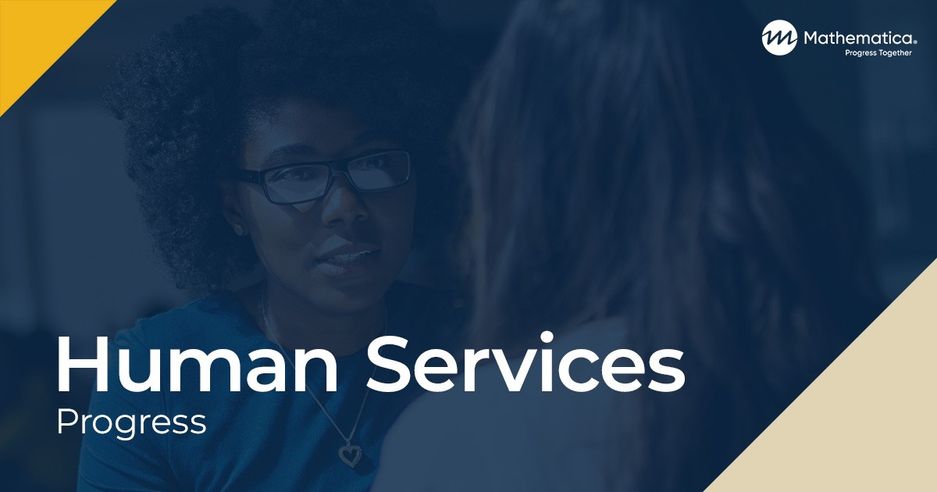Participation Patterns in Healthy Marriage and Relationship Education Programs: Lessons from Three Programs
Download
Associated Project
Strengthening Relationship Education and Marriage Services (STREAMS) Evaluation
Prepared for:
U.S. Department of Health and Human Services, Administration for Children and Families, Office of Planning, Research, and Evaluation
Clients

Key Findings
- We examined clients’ extent of participation in MotherWise’s three key program components: (1) the core workshop, (2) case management, and (3) the optional couples’ workshop. We found clients who were older and those in steady romantic relationships with their baby’s father were more engaged in the program than others. Clients who participated more fully tended to have enrolled postpartum, whereas those with low participation were more likely to have enrolled during pregnancy.
- We examined clients’ extent of participation in Career STREAMS’s three key program components: (1) the two-week workshop, (2) one-on-one case management and job development, and (3) weekly one-hour booster sessions offered after the two-week workshop. We found full engagers were more likely than other clients to have worked recently, and they had fewer barriers to employment. Low engagers received the fewest program services. They also tended to be clients who were most in need of employment support.
- For Empowering Families clients, we examined participation in four program components: (1) the core workshop, (2) case management, (3) employment coaching, and (4) financial counseling. Spanish-speaking couples were more likely than English-speaking couples to fully engage with program services. Couples with more stable relationship and economic circumstances were also more likely to participate fully in Empowering Families services. In addition, couples who were married, had children with no other partners, and had higher earnings had higher participation rates.
- A consistent pattern across the three programs is that clients in more stable circumstances were more likely to engage fully with program services. This pattern suggests that programs might need to make special efforts to engage clients in less stable circumstances.
This brief describes typical patterns of participation in three programs that were part of the STREAMS evaluation. It identifies distinct patterns of participation in each of these programs and provides profiles of the clients who participate in these distinct ways. Earlier evaluation reports provided detailed information on the programs’ design and implementation and described the programs’ impacts after one year. The findings in this brief are described in more detail in the full report on this topic.
Efficiency Meets Impact.
That's Progress Together.
To solve their most pressing challenges, organizations turn to Mathematica for deeply integrated expertise. We bring together subject matter and policy experts, data scientists, methodologists, and technologists who work across topics and sectors to help our partners design, improve, and scale evidence-based solutions.
Work With Us
